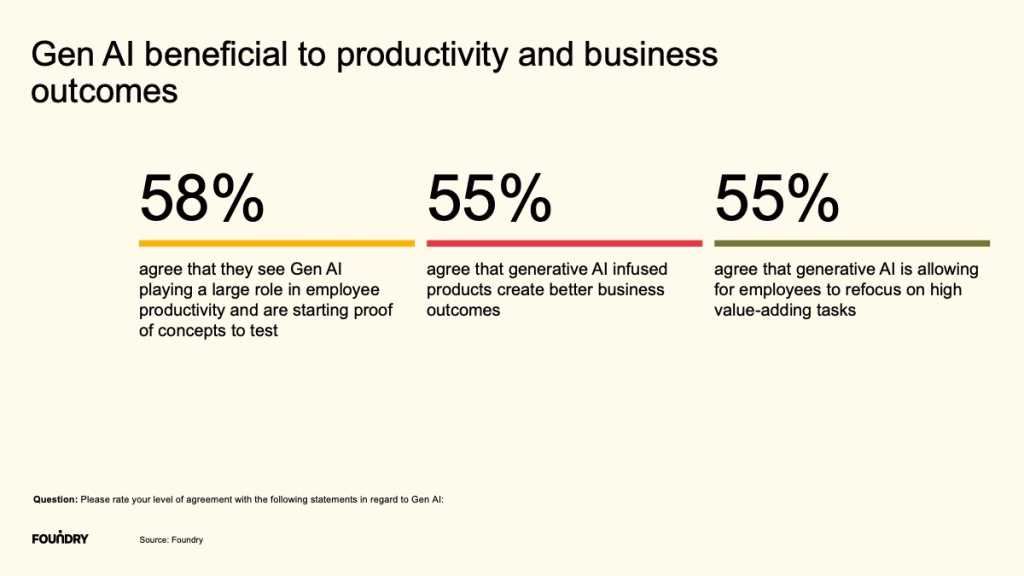Understanding EIDL Loan Forgiveness 2023: A Comprehensive Guide for Small Business Owners
#### EIDL Loan Forgiveness 2023The Economic Injury Disaster Loan (EIDL) program has been a lifeline for many small businesses facing financial hardships, pa……
#### EIDL Loan Forgiveness 2023
The Economic Injury Disaster Loan (EIDL) program has been a lifeline for many small businesses facing financial hardships, particularly during the COVID-19 pandemic. As we navigate through 2023, understanding the nuances of EIDL loan forgiveness is crucial for business owners who have taken advantage of this federal assistance. This guide aims to provide clarity on the forgiveness process, eligibility criteria, and steps involved to ensure that you can maximize the benefits of the EIDL program.
#### What is EIDL Loan Forgiveness?
EIDL loan forgiveness refers to the process by which borrowers can have a portion or all of their EIDL loans forgiven, meaning they are not required to pay back that amount. Unlike grants, which do not require repayment, EIDL loans typically do have to be repaid. However, under certain conditions, borrowers may qualify for forgiveness, especially if the funds were used for eligible expenses such as payroll, rent, and utilities.
#### Eligibility for EIDL Loan Forgiveness in 2023
To qualify for EIDL loan forgiveness in 2023, businesses must meet specific criteria. Firstly, the funds must have been used for eligible expenses. The Small Business Administration (SBA) outlines these expenses clearly, and they typically include:

- **Payroll Costs**: This includes salaries, wages, and benefits for employees. Maintaining workforce levels is often a key factor in determining forgiveness.
- **Rent and Utilities**: Payments for business-related rent and utility bills can also qualify for forgiveness if they were paid during the covered period.
- **Other Eligible Expenses**: Certain operational costs that help maintain business continuity may also be considered.
It's important for borrowers to keep thorough records and documentation of how the funds were utilized. This includes invoices, receipts, and payroll records, as these will be necessary when applying for forgiveness.
#### Steps to Apply for EIDL Loan Forgiveness

1. **Gather Documentation**: Before applying, ensure that all necessary documentation is organized. This includes proof of eligible expenses, payroll records, and any other relevant financial statements.
2. **Complete the Application**: The SBA has provided a specific application form for EIDL loan forgiveness. Make sure to fill it out accurately, providing all required information.
3. **Submit the Application**: Once the application is complete, submit it through the designated portal. Ensure that you follow any specific instructions provided by the SBA.
4. **Await Approval**: After submission, the SBA will review your application. This process can take some time, so patience is essential. You may be contacted for additional information or clarification.
5. **Receive Notification**: Once the review is complete, you will receive notification regarding the status of your forgiveness application. If approved, you will be informed about the amount that has been forgiven.

#### Conclusion
Navigating the EIDL loan forgiveness process in 2023 may seem daunting, but understanding the key components can simplify the journey. By ensuring that you meet the eligibility requirements, maintaining accurate records, and following the application steps diligently, you can enhance your chances of securing forgiveness for your EIDL loan. This financial relief can provide your business with the necessary support to recover and thrive in the post-pandemic economy. As always, consider consulting with a financial advisor or legal expert to ensure compliance with all regulations and to make informed decisions regarding your business's financial future.